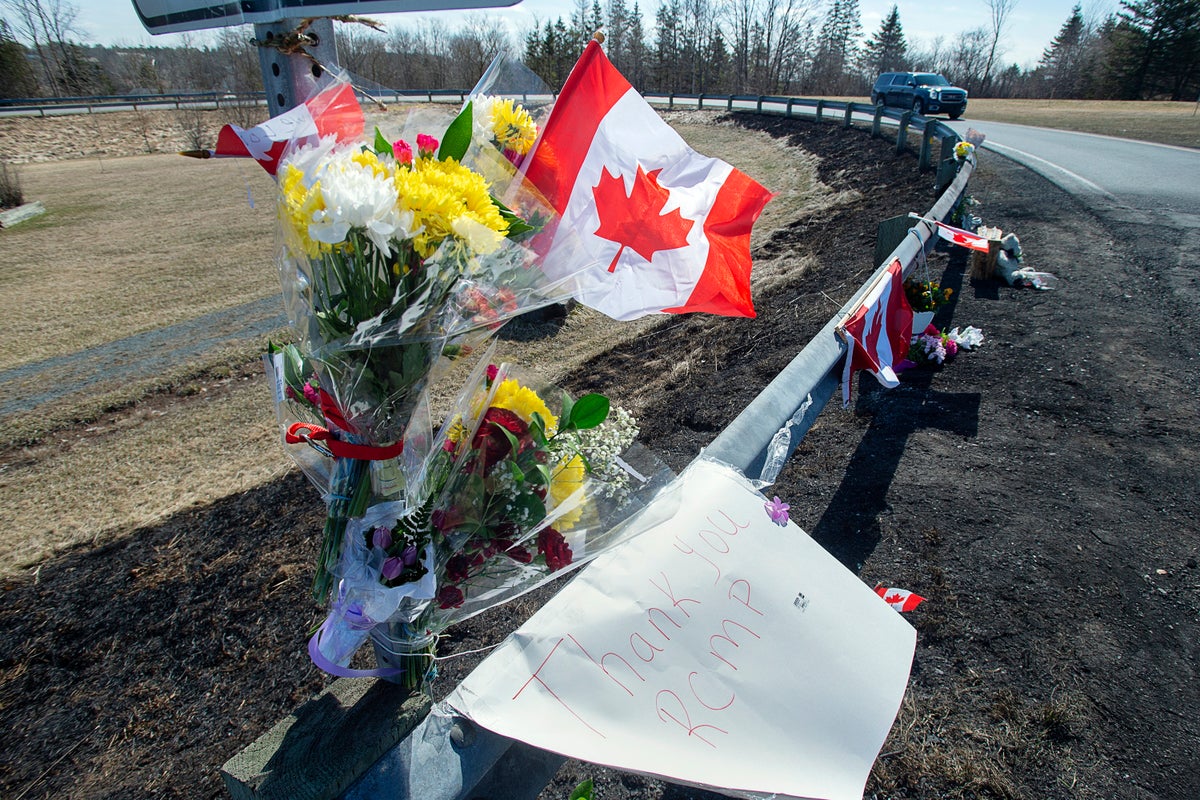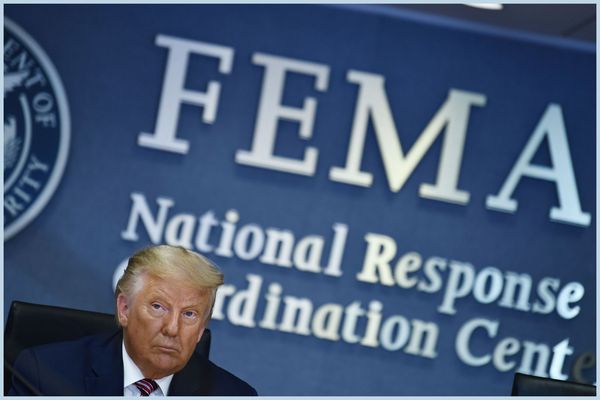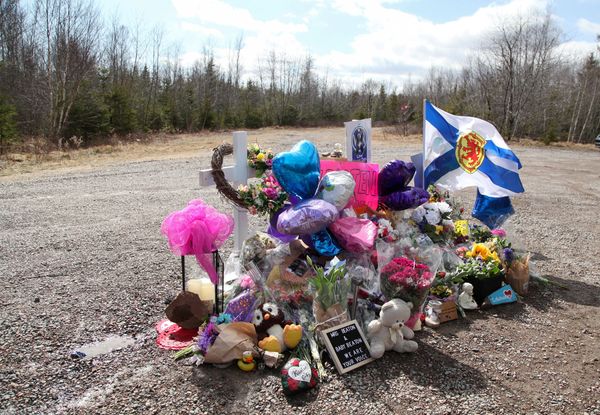
A public inquiry has found widespread failures in how Canada’s federal police force responded to the country's worst mass shooting and recommends that the government rethink the Royal Canadian Mounted Police’s central role in the country's policing.
In a seven-volume report released Thursday, the Mass Casualty Commission also says the RCMP missed red flags in the years leading up to the Nova Scotia rampage that resulted in 22 people being slain April 18-19, 2020 by a denture maker disguised as a RCMP officer and driving a replica police vehicle.
The assailant, Gabriel Wortman, was killed by two Mounties at a gas station in Enfield, Nova Scotia, 13 hours into his rampage. Disguised as a police officer, Workman shot people in their homes and set fires in a rampage across the Canadian province of Nova Scotia.
Canadian Prime Minister Justin Trudeau attended the release of the report in Nova Scotia and said his government will examine it closely. “There is no question that there needs to be changes and there will be,” Trudeau said.
Among other things, the commission says the national police force is badly disorganized. Its review of the RCMP’s 5,000 pages of policies and procedures found the force’s own members were unclear on proper responses to critical incidents and communication with the public.
The report delves deeply into the causes of the mass shooting. These include the killer’s violence toward his spouse and the failure of police to act on it, and “implicit biases” that seemed to blind officers and community members to the danger a white, male professional posed.
In response, the commissioners call for a future RCMP where the current 26-week model of training is scrapped — as it’s no longer sufficient for the complex demands of policing. The academy would be replaced with a three-year, degree-based model of education, as exists in Finland.
The document begins with an account of the police errors in the years before the killings, and the events of April 18 and 19.
The report’s summary says that soon after the shooting started in Portapique, Nova Scotia, RCMP commanders disregarded witness accounts, and senior Mounties wrongly assumed residents were mistaken when they reported seeing the killer driving a fully marked RCMP cruiser.
“Important community sources of information were ignored,” it says.
In addition, the report says police failed to promptly send out alerts to the public with a description of the killer until it was too late for some of his victims.
Having laid out a litany of shortcomings, the inquiry calls for a fresh external review of the police force. It says the federal minister of public safety should then establish priorities for the RCMP, “retaining the tasks that are suitable to a federal policing agency, and identifying what responsibilities are better reassigned to other agencies.”
“This may entail a reconfiguration of policing in Canada and a new approach to federal financial support for provincial and municipal policing services,” the report says.
The victims in Canada’s worst mass shooting included an RCMP officer, a teacher, health-care workers, retirees, neighbors of the shooter and two correctional officers killed in their home. The rampage started when Wortman attacked his spouse.
The report details Wortman’s history of domestic violence in his relationships with women, including his spouse Lisa Banfield. In particular, the report notes the experience of Brenda Forbes, a neighbor in Portapique who informed the RCMP of Wortman’s violence toward Banfield. He never faced any consequences, but she dealt with years of stalking, harassment and threats from Wortman, prompting her to leave the province.
Mass shootings are relatively rare in Canada. The country overhauled its gun-control laws after gunman Marc Lepine killed 14 women and himself at Montreal’s Ecole Polytechnique college in 1989. Before the Nova Scotia rampage, that had been the country’s worst,










